
This weekend, Carlo Croce had some reprieve from the misconduct accusations that have followed him for years (recently described in a lengthy article in the New York Times) and that have prompted his university to re-open an investigation. On Sunday, he received a prestigious award from the American Association for Cancer Research, honoring his work.
But the moment may have been short-lived. Today, Croce received two expressions of concern (EOCs) from PNAS for two well-cited papers published over a decade ago, on which Croce — chair of the Department of Cancer Biology and Genetics at The Ohio State University (OSU) — is last author. The two EOCs cite concerns over duplicated bands. What’s more, another journal recently decided to retract one of his papers, citing figures that didn’t represent the results of the experiments.
PNAS chose to issue EOCs, rather than retractions or corrections, because the authors didn’t agree that the bands were duplicated, according to executive editor Diane Sullenberger. She explained how the journal learned of the issues with the two papers: Continue reading Journals retract paper, flag two others by cancer doc under investigation
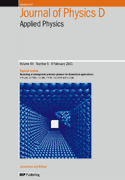

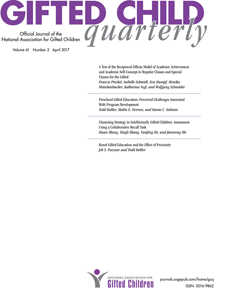
 Two journals have retracted two papers by the same group within months of each other, after editors were independently tipped off that they contained duplicated figures representing different experiments.
Two journals have retracted two papers by the same group within months of each other, after editors were independently tipped off that they contained duplicated figures representing different experiments.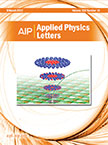
 In an unusual turn of events, a nutrition paper has come back to life a year after being pulled from its original publication.
In an unusual turn of events, a nutrition paper has come back to life a year after being pulled from its original publication.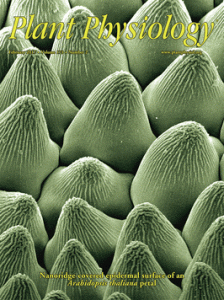 Researchers in China have retracted a paper and corrected three others in a plant journal, citing problems with multiple figures.
Researchers in China have retracted a paper and corrected three others in a plant journal, citing problems with multiple figures.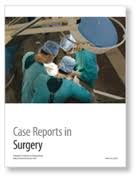 When two surgeons in Greece learned that a patient had developed a rare side effect following weight loss surgery, they were eager to publish the case.
When two surgeons in Greece learned that a patient had developed a rare side effect following weight loss surgery, they were eager to publish the case.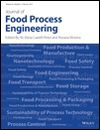 A food science journal has retracted a paper over “a breach of reviewer confidentiality,” after editors learned it contained text from an unpublished manuscript — which one of the authors appears to have reviewed for another journal.
A food science journal has retracted a paper over “a breach of reviewer confidentiality,” after editors learned it contained text from an unpublished manuscript — which one of the authors appears to have reviewed for another journal.